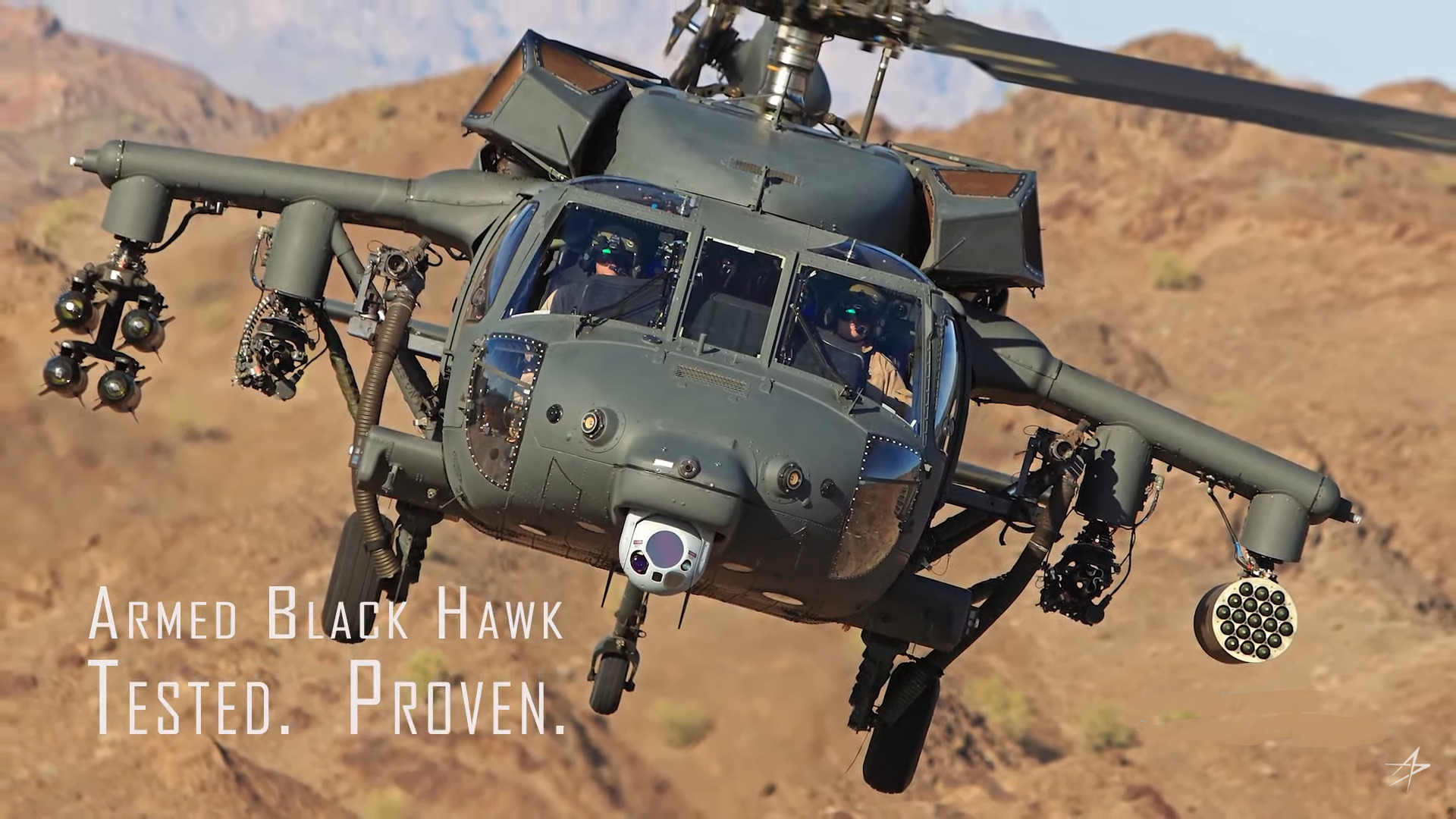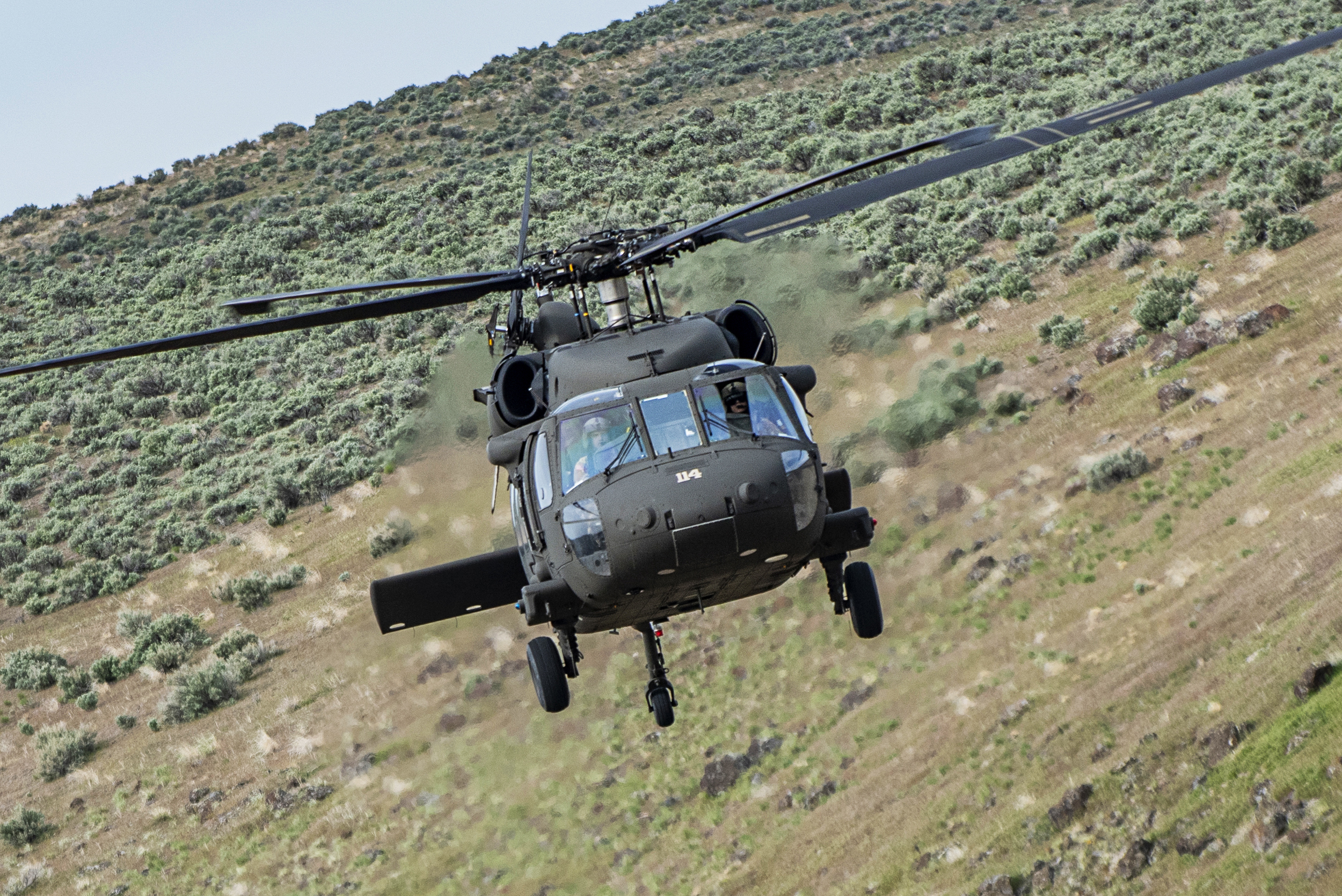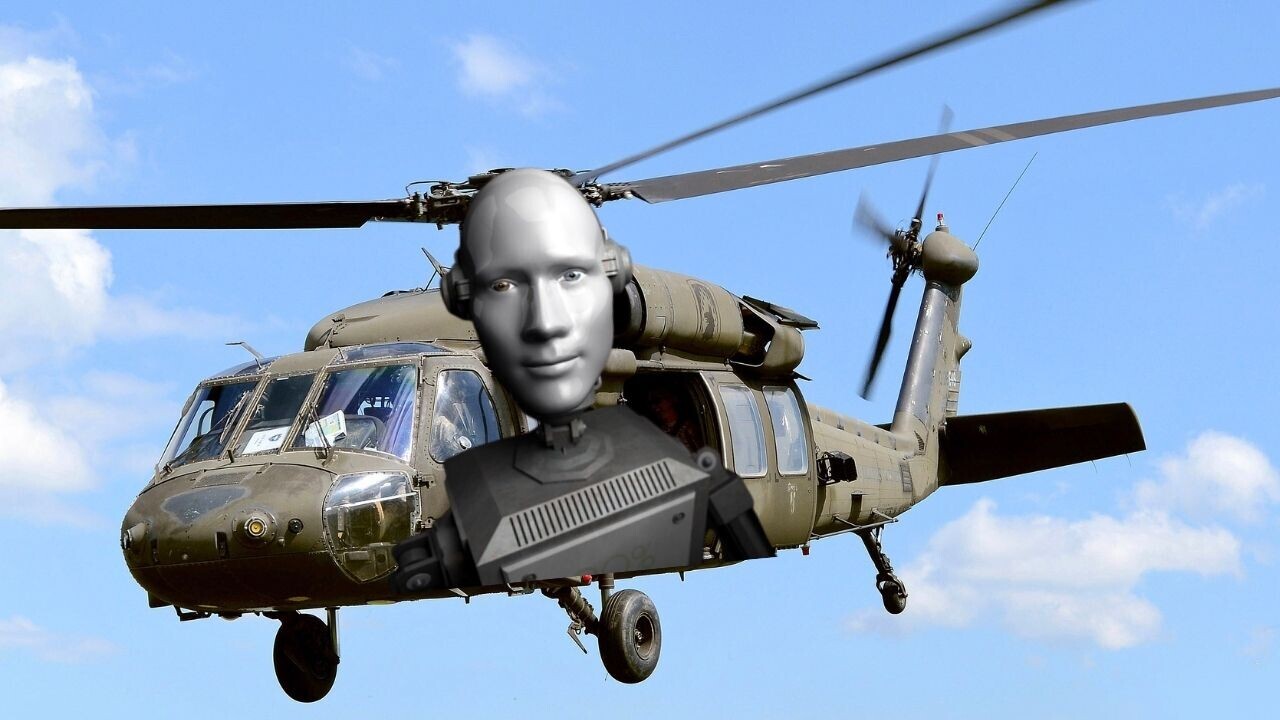Explore the Design Innovations Behind the Success of the Blackhawk Helicopter
Explore the Design Innovations Behind the Success of the Blackhawk Helicopter
Blog Article
Discovering the Thrills and Innovations of the Blackhawk Helicopter
The Blackhawk helicopter stands as a testimony to armed forces aeronautics's advancement, merging technical innovations with practical applications. What lies ahead for this iconic aircraft, and just how will arising innovations shape its future in army operations?
Background of the Blackhawk Helicopter
Since its inception in the 1960s, the Blackhawk helicopter has played a crucial duty in modern armed forces aeronautics. Established by Sikorsky Aircraft, the UH-60 Blackhawk was developed to satisfy the U.S. Army's demand for a functional energy helicopter qualified of executing a selection of missions, including army transport, clinical evacuation, and cargo airlift. The design was an action to the restrictions of earlier helicopters, particularly in regards to ability to move, survivability, and rate.
The Blackhawk made its very first flight in 1974 and quickly got in service in 1979. Its intro noted a substantial improvement in helicopter innovation, including a two-rotor system that boosted performance and stability. The aircraft's tough building and advanced avionics enabled it to operate successfully in diverse settings and conditions.
Throughout the years, the Blackhawk has been continuously upgraded, including lessons learned from various battle situations. Its implementation in problems such as the Gulf War, Somalia, and the War on Terror additional strengthened its reputation as an indispensable asset. The Blackhawk's heritage is characterized by its adaptability and strength, making it a keystone of army aviation for years.
Key Attributes and Specs
The Blackhawk helicopter is distinguished by its durable design and progressed technological features, which collectively improve its functional capabilities. Developed mainly for utility objectives, the Blackhawk flaunts a maximum takeoff weight of roughly 22,000 pounds, permitting it to lug substantial payloads while maintaining dexterity.
Geared up with two General Electric T700-GE-701C engines, the Blackhawk accomplishes an optimal rate of around 183 knots and a range of 368 maritime miles - Blackhawk Helicopter. Its state-of-the-art blades system features a four-blade main rotor and a four-blade tail rotor, making certain security and ability to move in various flying problems
The helicopter's cabin can accommodate approximately 11 soldiers or numerous freight configurations, showcasing convenience in mission accounts. Additionally, the Blackhawk is created with sophisticated avionics, including digital trip controls and a comprehensive cockpit display screen, boosting pilot situational awareness.
For boosted survivability, the Blackhawk incorporates ballistic shield and self-sealing gas storage tanks. Its capability to run in diverse settings, from deserts to icy terrains, additionally strengthens its reputation as a reputable system for military and humanitarian procedures alike. The Blackhawk's mix of power, convenience, and durability makes it a cornerstone of modern aerial abilities.
Developments in Modern Technology
Developments in modern technology have actually considerably improved the abilities of the Blackhawk helicopter, guaranteeing it stays at the forefront of army aviation. One of one of the most remarkable try this website advancements is the view it integration of innovative avionics systems, which give boosted situational awareness via real-time information processing and screen. This innovation allows pilots to navigate intricate environments better, enhancing mission success rates.

Moreover, the introduction of electronic fly-by-wire systems has actually changed the control devices of the Blackhawk, supplying smoother handling and increased responsiveness. These systems facilitate advanced ability to move, crucial in high-stakes situations. Improvements in communication and networking technologies enable seamless control among units, boosting overall operational efficiency. Jointly, these technical developments make certain that the Blackhawk helicopter remains a vital property in contemporary army operations.
Duties in Armed Force Workflow
With advanced innovation boosting its capabilities, the Blackhawk helicopter plays a diverse function in armed forces procedures. Primarily, it is utilized for troop transportation, making it possible for fast implementation and removal of personnel in different fight scenarios. Its large cabin can accommodate as much as 11 soldiers, making it a necessary property for large missions and special operations.
Furthermore, the Blackhawk works as a medevac platform, geared up to move injured soldiers promptly and successfully from the battlefield to medical facilities - Blackhawk Helicopter. Its flexibility reaches logistical assistance, where it lugs products and equipment essential for sustaining armed forces procedures in remote areas

The helicopter is also instrumental in reconnaissance missions, giving airborne security and intelligence-gathering capacities. Its capacity to run in diverse atmospheres-- ranging from city settings to extreme terrains-- more strengthens its importance on the combat zone.
In Addition, the Blackhawk can be furnished with sophisticated weaponry, click for source allowing it to involve in fight and give close air support. This adaptability underscores the helicopter's indispensable function in modern-day armed forces strategies, making it an essential element of armed forces worldwide.
Future Advancements and Innovations
Innovations in technology assurance to usher in a new era for the Blackhawk helicopter, boosting its capabilities and operational performance. Future developments for the Blackhawk might consist of enhancements in avionics, such as advanced flight control systems and boosted situational awareness tools powered by fabricated intelligence.
Moreover, the integration of unmanned systems is on the perspective, potentially enabling manned-unmanned teaming procedures that can increase goal accounts and decrease threat to employees. The Blackhawk's style is also anticipated to integrate lighter and stronger products, boosting fuel effectiveness and general efficiency.

Conclusion
To conclude, the Blackhawk helicopter represents a substantial accomplishment in armed forces aviation, identified by its adaptability and advanced technological features. Its historical evolution mirrors a constant response to operational requirements, enhancing abilities in various duties such as army transportation and medevac procedures. Continuous technologies, including the combination of expert system and hybrid-electric propulsion, promise to more enhance the Blackhawk's effectiveness and importance in future armed forces involvements, guaranteeing its standing as a vital asset on the battleground.

With sophisticated innovation boosting its capacities, the Blackhawk helicopter plays a diverse function in army operations. (Blackhawk Helicopter)
Report this page